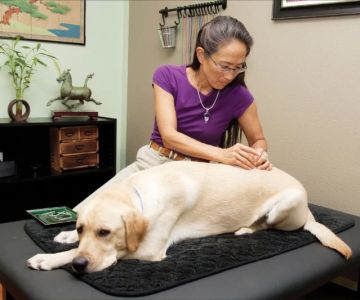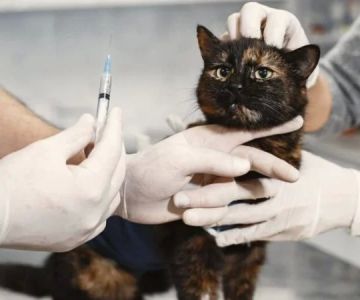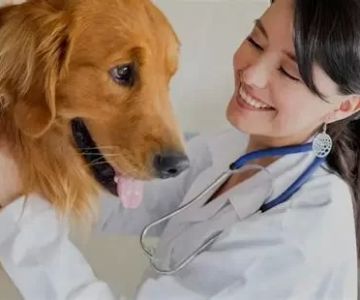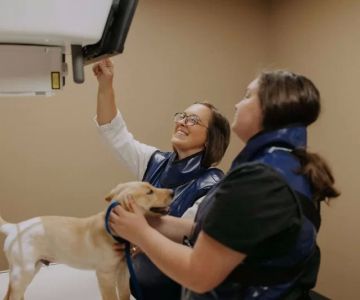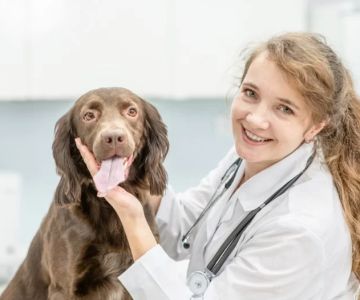What Does Bar Mean in Veterinary? Understanding Veterinary Terminology
- 1. Understanding the Term 'Bar' in Veterinary Care
- 2. The Role of the 'Bar' in Veterinary Practice
- 3. The Importance of the 'Bar' in Animal Health
- 4. Real-life Example of the Use of 'Bar' in Veterinary Care
- 5. How Veterinary Professionals Use the 'Bar' in Diagnosis and Treatment


